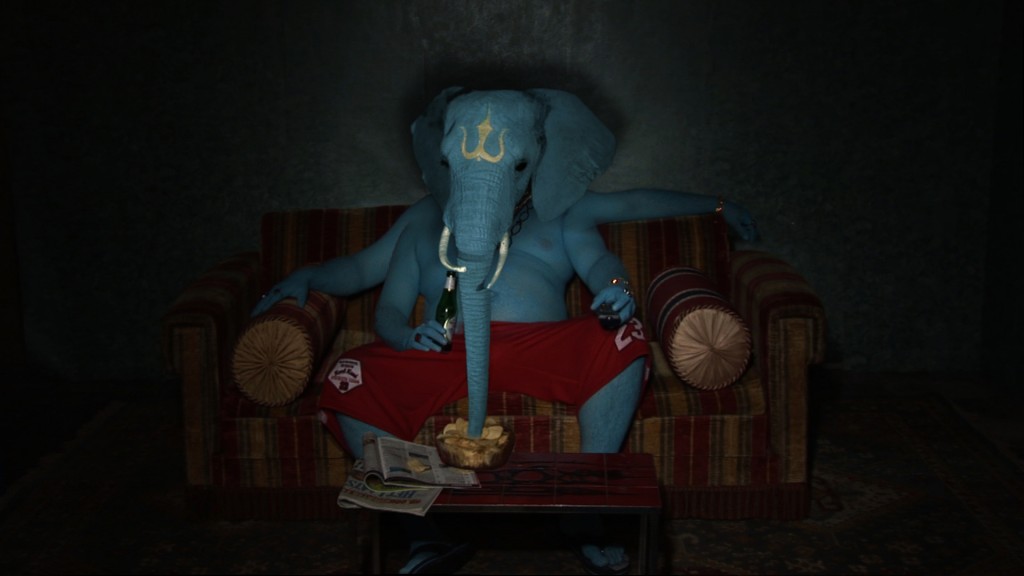RESTORING THE HUMAN ELEMENT
THE POWER OF TRANSDISCIPLINARY COLLABORATION BETWEEN ARTS, SCIENCE AND TECHNOLOGY
LASER TALKS IN BRUSSELS
November 9, 6pm CET — Find your timezone here.
Online + Royal Academy of Antwerpen, De Lange Zaal, Mutsaardstraat 31
Panelists: Ronny Blust, Marjolijn Dijkman, Eva-Maria Lopez, Frank Theys and Florian Zanatta.
Moderator: Edith Doove.
Co-organised by Alexandra Dementieva and Kristof Timmerman.
The event will be live-streamed here.
The current state of our society is a product of the technological developments that originated in the second half of the past century. From the advent of computers and the internet to the rise of automation and mass production, these developments have revolutionized various aspects of our lives. However, the rapid pace of progress often overshadowed the long-term implications, leading to unintended consequences such as environmental degradation, social inequalities, and the erosion of human connection. Blinded and propelled by the promises of technological progress we have often overlooked as well the human factor as the ecological consequences.
Can the arts play a role in rectifying this imbalance by reintroducing the human and environmental element as the center of scientific and technological advancements? As we grapple with the challenges of today, such as the ecological crisis and societal imbalances, transdisciplinary collaboration becomes imperative. By integrating the arts, technology, and science, we can reimagine our future and create a society that harmoniously considers the human experience, ecological well-being, and technological advancements. Transdisciplinary collaboration serves as a powerful catalyst for addressing the challenges posed by our technological legacy. By bringing together artists, scientists, technologists, and ecologists, we can bridge the gaps between disciplines and foster a holistic approach to problem-solving. Through collaboration, we can pool diverse perspectives, knowledge, and experiences to create innovative solutions that address the human, ecological, and technological dimensions of contemporary challenges.
Ronny BLUST is professor of Environmental Physiology and Toxicology in the department of Biology, University of Antwerp, Belgium. Since October 2016 he is also vice-rector for Research of the University of Antwerp. Ronny holds a PhD in Ecophysiology (1988) and a habilitation in Ecotoxicology (1992). After pre and post-doctoral work in Belgium and abroad he was appointed Senior Research Associate of the Fund for Scientific Research (FWO) in 1992. In 2000 he was appointed Associate professor at the University of Antwerp and full professor in 2005. His main research interests relate to the adaptation of aquatic organisms to their environment and the impact of natural and anthropogenic stressors on their performance and health. Much of the work has focussed on the effects of chemical stressors and the dynamic relation between exposure, accumulation and effects. The results aim to reveal the mode of action and mechanisms of environmental stress related phenomena and are of direct relevance for the setting of ecologically relevant environmental quality standards. As vice-rector for research he has taken initiatives to foster collaborations across disciplines and promote transdisciplinary approaches to tackle major scientific and societal challenges. He is the author/co-author of over 500 scientific publications in international journals or books and is active in several international organisations and advisory panels on environment issues. In 2014 he received the outstanding science career award from the Society for Environmental Chemistry and Toxicology.
Marjolijn DIJKMAN is an artist, researcher, and co-founder of Enough Room for Space, based in Brussels. Her works, which have been shown worldwide, can be seen as a form of science–fiction, partly based on facts and research but often brought into the realm of fiction, abstraction, and speculation. Enough Room for Space initiates long-term experimental research projects, challenging the barriers between disciplines (artistic, scientific, or activist). She is currently a Ph.D. candidate as part of the artistic research cluster Deep Histories Fragile Memories at LUCA – School of Arts Brussels / Leuven University until 2027.
Eva-Maria LOPEZ – is a multidisciplinary artist based in Karlsruhe and Paris. After receiving a master’s degree in agriculture, she studied art at the Academy of Fine Art in Karlsruhe, Germany. Due to this background, issues relating to nature and the environment have an important impact on her art. Working with the themes of nature, ecology and their historical contexts, she explores the relationship between object and environment. Her sensitivity to the destruction of natural habitats and resources, as well as socially anchored structures in contemporary societies, is highly visible. In her work, Lopez places various realities in new contexts and thereby makes them visible. Her work is shown internationally in shows and on art & science conferences; she is a key founder of NAIA (Naturally and Artificially Intelligence Art Association) in Karlsruhe.
Frank THEYS – artist and researcher based in Brussels and Amsterdam. In 2006 he collaborated with Michel Bauwens to create the three-part documentary film TechnoCalyps and the author of TechnoCalyps which delves into the scientific, ethical, and metaphysical dimensions of technological development. Genetics, robotics, artificial intelligence, bionics, and nanotechnology have mankind transcending human limits.
Dr. Florian ZANATTA is based in Liège and working on biogeography and urban ecology. He focused his research on developing ecological niche models to explore bryophytes migration capacity, integrating wind dispersal simulations, in the context of climate changes. Later he worked at Meise Botanic Garden, mainly on bryophytes spores morphological variations using SEM photography and morphometric analysis. He co-founded lacYme, a collaborative urban ecology lab that develops science communication and citizen-science-based research projects and activities combining scientific, historic and artistic approaches.

